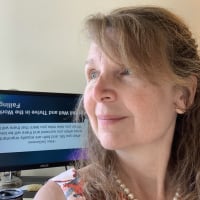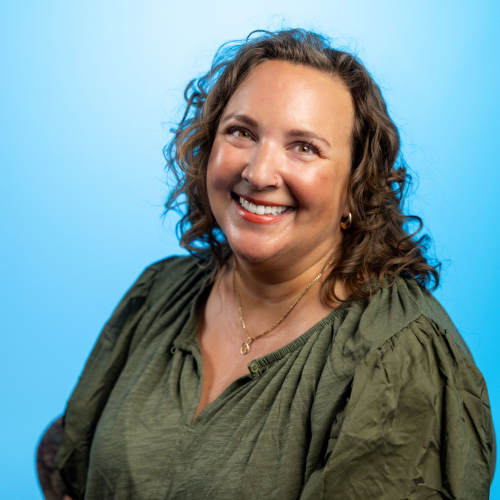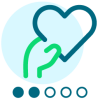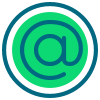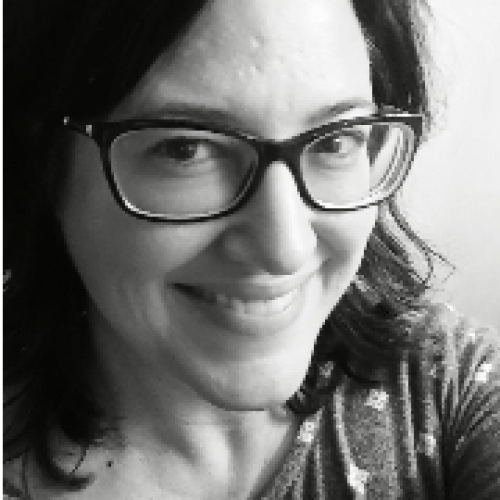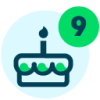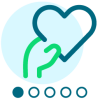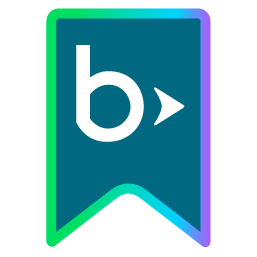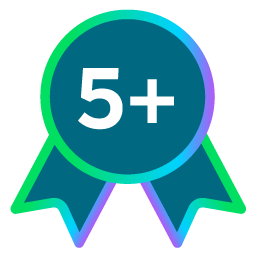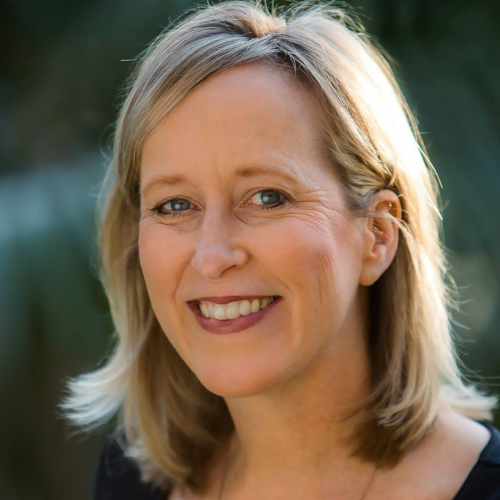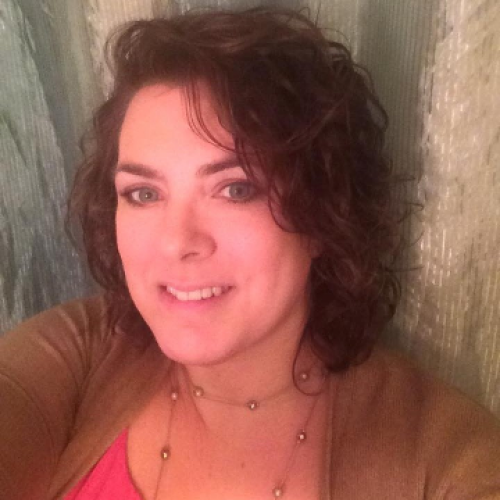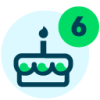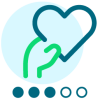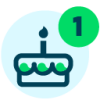Community Member Spotlight: Meet Marcella Jewell From University Of Kansas Health System!
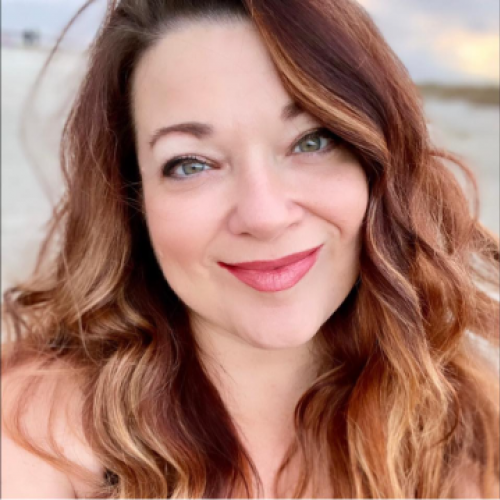
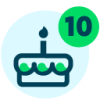
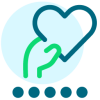
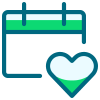

Q: Tell us about your family.
A: I have been married to my husband for eight years, and we have three children: six-year-old son Ezra, two-and-a-half-year-old son Luca and newborn daughter Amaya. It’s been an incredible challenge to have three young ones at once and so much more exhausting than I ever realized, but we are happy with our lives primarily revolving around kids and kids’ activities. The kiddos often pop up in Teams meetings when home from school or daycare.
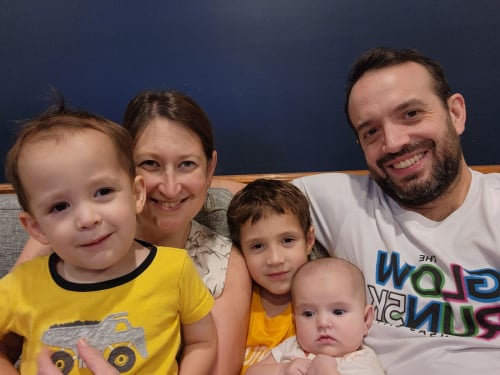
Q: What do you like to do for fun?
A: Before children, I used to have lots of non-work hobbies: photography, sewing, women’s triathlons. I don’t have much free time these days so most of my fun activities center around the kids; my happy place is the zoo, so I end up taking the kids to the zoo pretty often. We also spend a lot of time playing outside with the neighborhood kids and have a great support system of families on our block that we spend time with. I also love thrillers and suspense novels, so I read a lot of those.
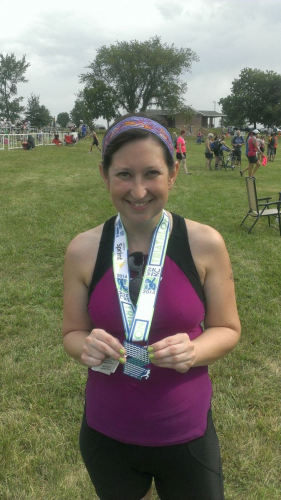
Q: What is an achievement (personal or professional) of which you are particularly proud?
A: Professionally, I’m most proud of my collaboration on a webinar titled “Mystery Solved! The Grateful Patient Challenge” in November 2021 with our Target Analytics consultant Carol Belair. The webinar focused on implementing a project receiving patient lists from the health system and sending through screening daily for prospect research purposes. It was wonderful to be approached to present by Blackbaud, as it was a recognition of all the hard work, I had put in for several years to get the project off the ground and keep it running successfully.
Personally, I’m proud that I was able to complete my annual Win for KC women’s triathlon twelve weeks after giving birth to my first child. I did all the training in the last six weeks of maternity leave – I was significantly slower than other years but was super proud of myself for being able to swim, bike and run post-partum!
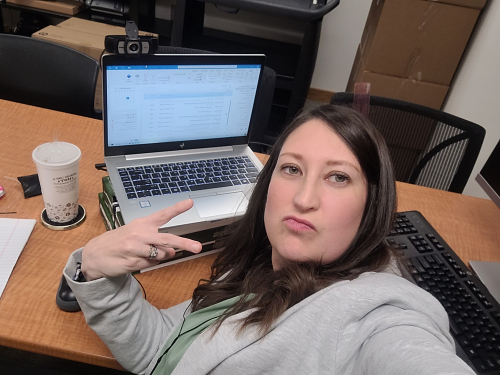
Q: What is one memory that always makes you smile?
A: My favorite memory is when we brought home my second child, Luca, from the hospital as a newborn. My oldest son, Ezra, tiptoed into the room to look at his brother for the first time and whispered, “He’s brilliant.”
Q: Tell us about your organization:
A: We began as a university hospital, The University of Kansas Hospital, in the early 1900s. In 1998, the hospital became an independent hospital authority with autonomy from the university and state, allowing for advances and growth in clinical care and paving the way for an independent fundraising department to support these endeavors. The authority board overseen entity has since transformed into The University of Kansas Health System with over 100 locations across the state, more than 17,000 employees and nearly 2,000 physicians. Our partner in fundraising is KU Endowment, the official fundraising foundation for the University of Kansas; we fundraise separately, but our charitable funds are housed at KU Endowment. The health system’s fundraising department raises money for clinical care in coordination with KU Endowment’s medical center team raising money for research. The University of Kansas Health System has been ranked as the Best Hospital in Kansas City and the Best Hospital in Kansas by U.S. News & World Report for thirteen consecutive years.
Q: Tell us about your role as director of development operations at The University of Kansas Health System. What does your typical day look like, and what is your favorite part of your job?
A: I was promoted to director of development operations this year, after serving as data manager for four years and as events project coordinator for five years before that. I currently oversee the data & gifts team as well as the prospect management & research team. In a typical day I review all the gifts and pledges $1,000+ entered in the database and go through all the daily reports sent to me that show our gift entry, list of VIPs inpatient at the hospital, our Grateful Patient Solution import of current inpatients, etc. I troubleshoot our Blackbaud Raiser’s Edge NXT® and ResearchPoint databases for staff and build custom reports as needed. My favorite part of my job is teaching myself something new. I’m incredibly stubborn so I refuse to ask for help or to be shown how to do something; it’s the greatest feeling in the world to figure something out on your own after lots of trial and error. It’s the way I learn best.
Q: As you mentioned earlier, in November of 2021, you co-presented on a webinar called, “Mystery Solved! The Grateful Patient Challenge” (available on demand). Thank you for partnering with Blackbaud to share your expertise with other healthcare nonprofits! What do you see as the biggest benefit for sharing your professional expertise? What are some successes you’ve seen as a result?
A: I’ve really enjoyed sharing what I’ve learned about healthcare fundraising from grateful patients, including some of the successes and challenges we’ve encountered with huge datasets. I feel like we really worked out our inpatient feed and process for assigning discovery calls to major gift officers after a patient’s inpatient experience. I was a little naïve in underestimating the volume and complexity of attempting to tackle our giant patient population; I initially mapped out a three-year plan in which year one would focus on the inpatient feed/process, year two would cover outpatients, and year three would really hone in on KPIs for our major gift team related to discovery work. It took three years just to fully build out and have great processes in place for the volume of inpatients coming through our hospital. So, I’ve made my peace with not being able to tackle the bigger picture all at once and sharing with colleagues and others the painstakingly detailed and mapped out process we solidified for inpatients.
We’ve had remarkable success with calls to follow-up after inpatient stays (COVID really shut down our inpatient rounding program) and have continually had great new high capacity and high affinity prospects pop-up through our inpatient prospecting. One huge success has been a single donor who initially committed to a $100K planned gift and then tacked on a second $1M planned gift. It made the hours of behind-the-scenes data work worth it to find just one amazing person who will make such a significant impact within that cancer care area (hematological malignancies and cellular therapeutics).
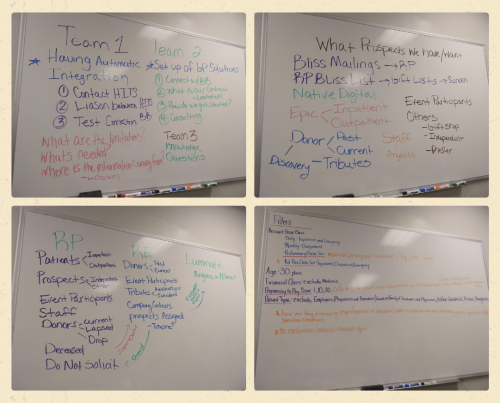
Q: Several members of your team use Blackbaud's Grateful Patient Solution. Prospect research, major gifts, annual fund and planned giving all utilize the analytics and software individually and as a whole, that’s a lot of moving parts! Can you talk about what it takes to oversee grateful patient programming and what advice you have for others?
A: I first approached Grateful Patient Solution with the focus of patient feeds (inpatient and outpatient) that we would use for prospect research purposes, to assign discovery follow-up calls to our gift officers. The inpatient feed has been phenomenal and then we got completely overwhelmed by the volume of outpatients coming through a monthly feed. However, we’ve really expanded our focus so that now we use Grateful Patient Solution in many different ways: we send through specific physician or clinical care lists to come up with top prospects for major giving to bring back to their physician allies; we send through recent inpatient and outpatient lists for direct mail and email acquisition purposes for annual giving; we import our final mail and email lists back into ResearchPoint to track how many touchpoints patients receive from us (through Attributes); and we’re moving to really expand our physician partnerships with awareness that we have these tools.
It takes a lot to oversee all the efforts from a data perspective, but it is incredibly useful to have a central multi-person team running the data processes (myself and two phenomenal data specialists), while other colleagues focus on the strategy and implementation built on this strong data base. My advice would be to never leave your data allies out of meetings, as what is possible with data can often drive the front end of what is possible.
Also, cross-train, cross-train, cross-train! If all your knowledge is with one person, it’s not a process – everything will crumble when built on one person. Train as many people as possible and have everyone understand the grateful patient data. Train your staff so well that they outperform you and teach you new things – that’s the only way to build longevity.
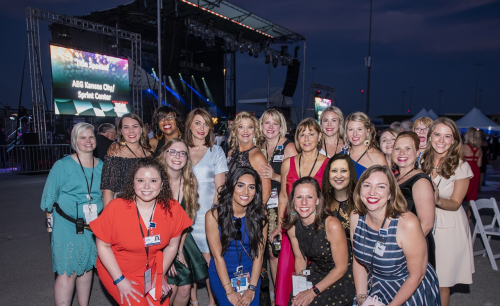
Q: You’ve been a Blackbaud Community member for more than six years (thank you!). What do you enjoy most about it, and how has being able to connect with peers helped you?
A: The Blackbaud Community has helped me expand what I and others saw as my role and the role of gift & data specialists at our organization. We’ve long had an approach that we process gifts and pull/scrub data lists for other areas of the department. The resources within Blackbaud, especially related to SKY API, the Microsoft Power Platform and Accelerator course, bbdevdays, bbcon, and everything throughout the Community has broadened what we see as our roles, what we see as possible and what we envision building out for our department. The connection with peers and with experts at Blackbaud who are accessible for some really high-level detailed questions is what keeps me engaged and wanting to do more, instead of being comfortable with processing gifts and pulling lists and reports; it’s the excitement of (and experience geeking out with) other data nerds that makes everything actually fun.
Comments
-
Loved reading this! Wow. One might even say “Brilliant!”
0 -
This was a great read and now I feel like I need to connect in order to grow (re-start) our GP program. ?
0 -
What a great profile!
0 -
Marcella,
I love that you are invested in the work you do and love your job! That's such an amazing feeling. Your personality, hard work, and dedication to the hospital, your family, and yourself shine bright through this article. You have a lovely family; I know they are proud of you. What a way to lead by example. Way to go, Mom!
Users such as yourself show Blackbaud ways the software can be used to improve our organizations in ways they never imagined. We all purchase and utilize the software to work within our organizations with different functionality and processes that are not similar to other organizations. I am so happy that you thought outside of the developer's mindset to create a solution within their product to work for your team and organization. Congratulations, and I look forward to seeing what your team does in the future.
0 -
Congrats and thanks for sharing your experience with others!
0 -
So impressive!!! Loved learning more about you on a personal level and seeing your beautiful family after writing about your work with the Grateful Patient program for Blackbaud. Shine on, Marcella!
0 -
This is a great spotlight to show how one person can inspire and lead others in challenging “that's the way we have always done it” line of thinking and have a positive experience.
0 -
Welcome to the Blackbaud Community! If you need any help, feel free to contact me. I look forward to learning with you.
Best,
Chanteasea
0 -
I really enjoyed reading your story. Congrats on all you accomplished!
0 -
Marcella Jewell's contribution to the reimagining of this program at the University of Kansas Health System is truly commendable. Thanks to Blackbaud's solutions, her initiative has helped to attract 1,200 new patients in just three years. It's inspiring to see people like Marcella make a significant contribution to their communities. As we delve into her story, we also realize how important it is to put our own health and well-being first. Consider incorporating natural supplements, such as mullein drops, into your daily diet for added support for your respiratory tract and overall well-being. You can find quality mullein supplements at https://www.amazon.com/USDA-Organic-Mullein-Drops-Lungs/dp/B0CKBPTPRL on Amazon. Let's celebrate people like Marcella who are making a difference in the world, and also prioritize our own health journeys.
0
Categories
- All Categories
- 6 Blackbaud Community Help
- 209 bbcon®
- 1.4K Blackbaud Altru®
- 395 Blackbaud Award Management™ and Blackbaud Stewardship Management™
- 1.1K Blackbaud CRM™ and Blackbaud Internet Solutions™
- 15 donorCentrics®
- 359 Blackbaud eTapestry®
- 2.5K Blackbaud Financial Edge NXT®
- 646 Blackbaud Grantmaking™
- 563 Blackbaud Education Management Solutions for Higher Education
- 3.2K Blackbaud Education Management Solutions for K-12 Schools
- 934 Blackbaud Luminate Online® and Blackbaud TeamRaiser®
- 84 JustGiving® from Blackbaud®
- 6.4K Blackbaud Raiser's Edge NXT®
- 3.7K SKY Developer
- 243 ResearchPoint™
- 118 Blackbaud Tuition Management™
- 165 Organizational Best Practices
- 238 The Tap (Just for Fun)
- 33 Blackbaud Community Challenges
- 28 PowerUp Challenges
- 3 (Open) Raiser's Edge NXT PowerUp Challenge: Product Update Briefing
- 3 (Closed) Raiser's Edge NXT PowerUp Challenge: Standard Reports+
- 3 (Closed) Raiser's Edge NXT PowerUp Challenge: Email Marketing
- 3 (Closed) Raiser's Edge NXT PowerUp Challenge: Gift Management
- 4 (Closed) Raiser's Edge NXT PowerUp Challenge: Event Management
- 3 (Closed) Raiser's Edge NXT PowerUp Challenge: Home Page
- 4 (Closed) Raiser's Edge NXT PowerUp Challenge: Standard Reports
- 4 (Closed) Raiser's Edge NXT PowerUp Challenge: Query
- 779 Community News
- 2.9K Jobs Board
- 53 Blackbaud SKY® Reporting Announcements
- 47 Blackbaud CRM Higher Ed Product Advisory Group (HE PAG)
- 19 Blackbaud CRM Product Advisory Group (BBCRM PAG)
